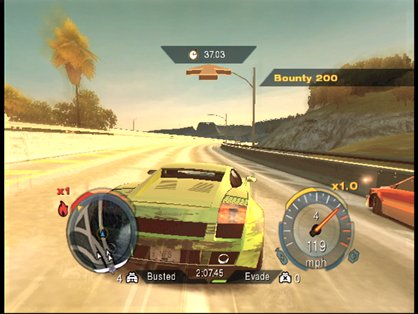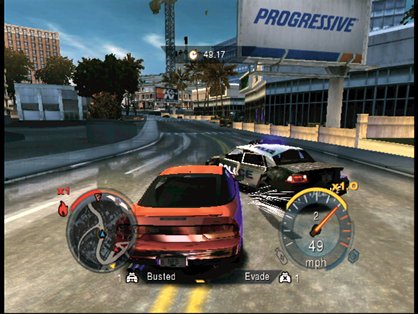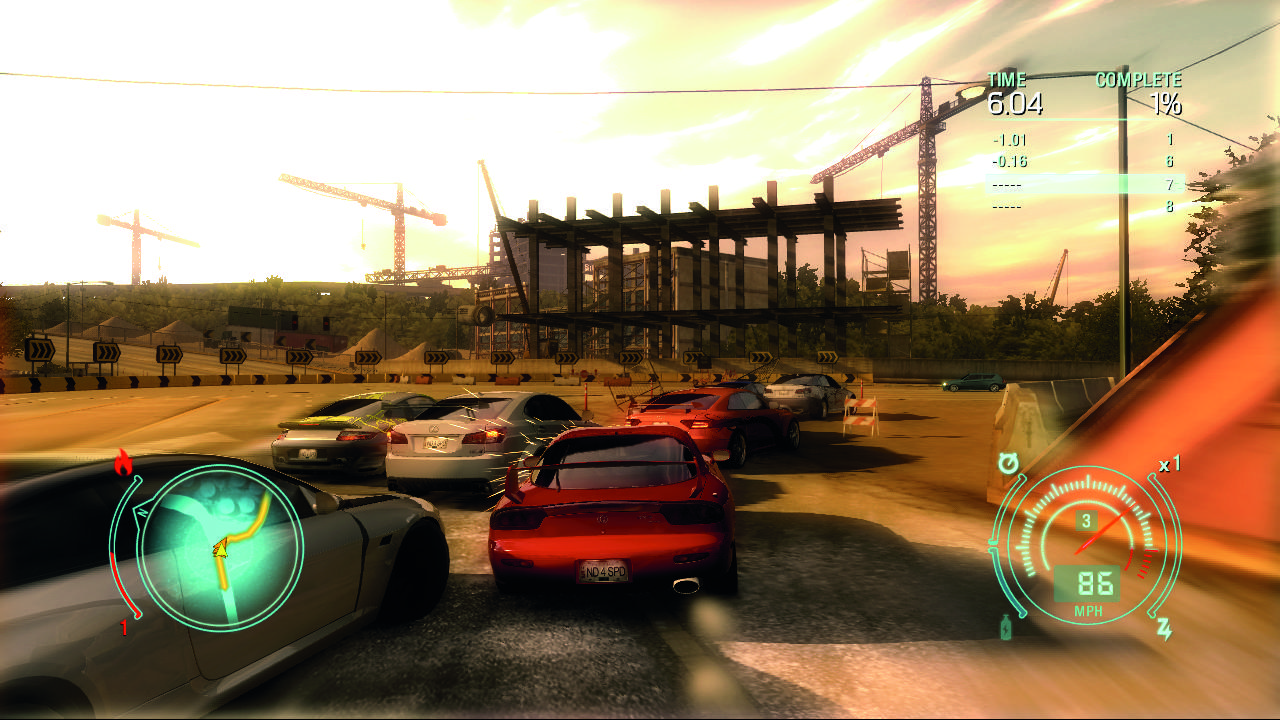GamesRadar+ Verdict
Pros
- +
Looks good standing still
- +
Strong racing foundation
- +
Damage tallying is satisfying
Cons
- -
Looks fine until it starts to move
- -
Makes no use of the Wii's features
- -
Tedious cop chases
Why you can trust GamesRadar+
One of the strangest selling points of Need for Speed Undercover is that it includes the chance to test drive a new Nissan model that won’t be available at car dealers for another couple of months. It won’t earn them any extra sales – prospective Nissan customers who use this game to get a sneak peek at their new purchase will most likely be straight on the phone to cancel their deposit. If real vehicles handled like their counterparts in Need for Speed, every bend in the country’s roads would be littered with the twisted wreckage of dead cars. You wouldn’t be able to walk down the street without getting lamped by a flying hubcap.

Small wonder that the city of Undercover is crawling with police, desperate to stop anyone hitting the magic 50mph mark that turns their cars into a missile. Anyone caught cruising the streets looking for a race is likely to be tailed by a procession of cops and battered off the road before they can do any damage. Police pursuits are the new big thing in Need for Speed, and Undercover is closer to the NFS of old than last year’s track-based ProStreet. You can roam the city and the surrounding countryside – all streamed from the disc without loading pauses – and start events where you find them, or warp directly to the next race in Career mode.
If you break the law during a race you’ll be chased by an increasing number of cops. They set up roadblocks, call for reinforcements and generally make your illegal speeding as difficult as possible until you’re forced to stop or you manage to lose them by taking an unexpected turn. Once you’re in the clear there’s a cooling-off period in which you have to stay out of sight of the police or risk the whole thing starting up again. Many of the chases last upwards of five minutes, and because you can’t jump to a new event while you’re being chased it can get quite tedious. Just when you think you’ve lost your pursuers you’ll notice one of them on the radar, catching up at warp speed before settling back into the routine of following right on your rear bumper and being gradually outpaced.

The weird catch-up system extends to your rivals (just three of them) in races, who are devilishly tough to shake off yet strangely unwilling to press home an advantage. We’ve managed to ram into a wall on the last lap and still catch up with the other cars after they came speeding past, but we can’t win races by big margins when driving perfect laps.
More info
| Genre | Racing |
| UK censor rating | "Rating Pending","Rating Pending","Rating Pending","Rating Pending","Rating Pending","Rating Pending","Rating Pending" |
| Franchise name | Need for Speed |
| US censor rating | "Teen","Teen","Teen","Teen","Teen","Teen","Teen" |
| Platform | "DS","PS2","PSP","PC","Xbox 360","Wii","PS3" |
| UK franchise name | Need for Speed |
| Description | For the low bar set by both DS racing games and DS editions of multiplatform releases, this game is much better than it needed to be. |
| Release date | 1 January 1970 (US), 1 January 1970 (UK) |
Martin Kitts is a veteran of the video game journalism field, having worked his way up through the ranks at N64 magazine and into its iterations as NGC and NGamer. Martin has contributed to countless other publications over the years, including GamesRadar+, GamesMaster, and Official Xbox Magazine.



